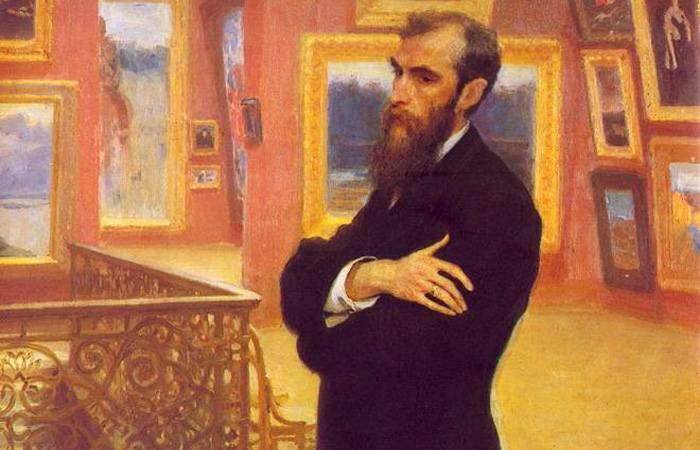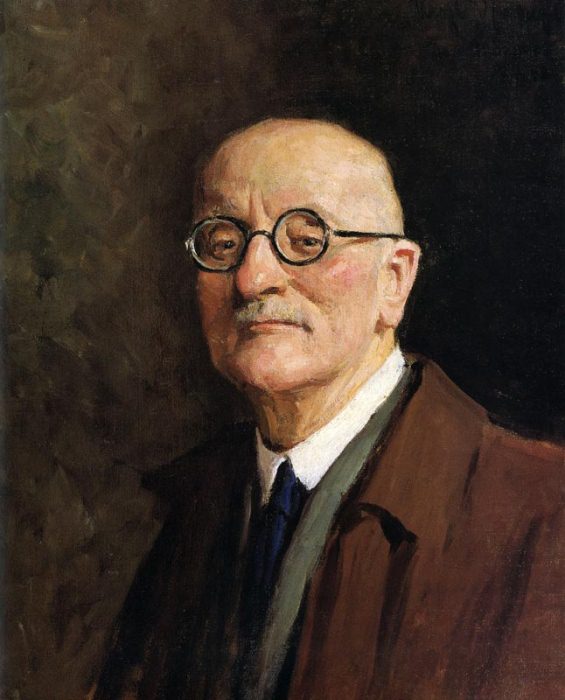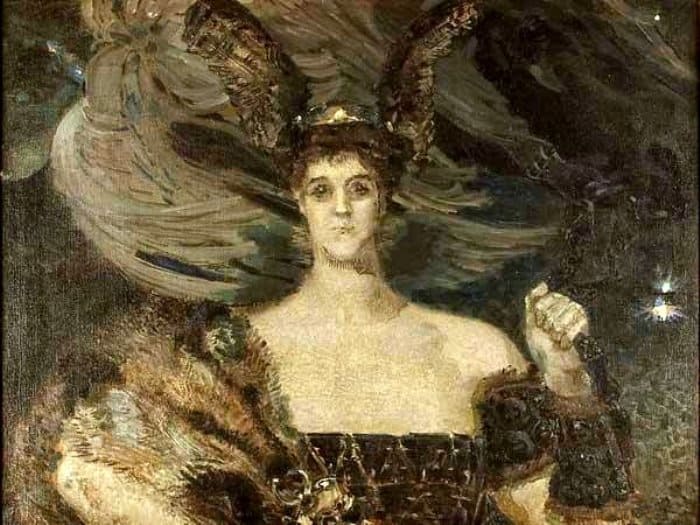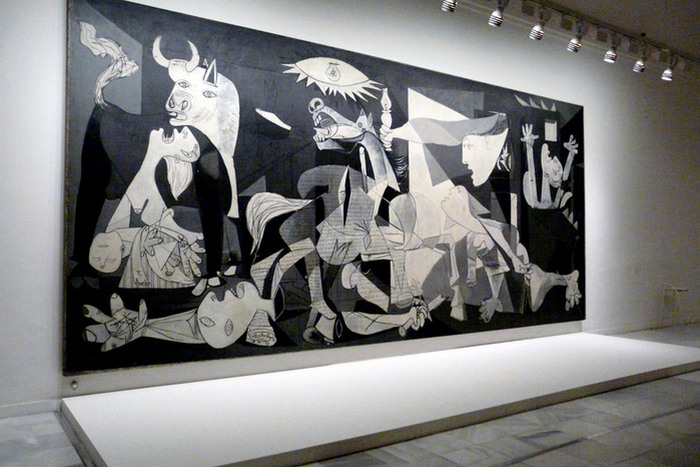Solid Charm: Elizabeth Boehm Vintage Postcards
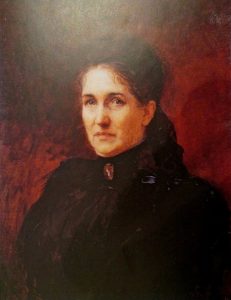 Postcards of Elizabeth Boehm were incredibly popular at the turn of the XIX-XX centuries. They could be seen in the collections of the imperial family, in the Tretyakov Gallery and in the huts of ordinary peasants. Charming children in Russian national costumes, depicted in various everyday scenes, still cause the tenderness of the inhabitants.
Postcards of Elizabeth Boehm were incredibly popular at the turn of the XIX-XX centuries. They could be seen in the collections of the imperial family, in the Tretyakov Gallery and in the huts of ordinary peasants. Charming children in Russian national costumes, depicted in various everyday scenes, still cause the tenderness of the inhabitants.
Elizaveta Merkuryevna Boehm (nee Endaurova) was born a respected wealthy family in 1843. The artist recalled: “In letters to my friends in St. Petersburg I constantly put my pictures of dolls and animals; and it was this that drew the attention of several people who understood that I should seriously take up drawing. ”
Then it was believed that girls only needed to learn needlework and the basics of housekeeping, but Lisa’s parents listened to the opinions of “understanding” people and sent their 14-year-old daughter to the capital’s Drawing School of the Society for the Promotion of Artists. Lisa attended classes of such recognized masters as Ivan Kramskoy, Pavel Chistyakov, Luigi Premazzi. She graduated from the Drawing School with honors.
In 1867, Elizaveta Endaurova accepted the proposal of the hand and heart of Ludwig Boehm, who taught at the St. Petersburg Conservatory. The husband did not interfere with the hobby of his wife.
In 1875, the artist created several silhouettes and sewed them into an album. Her uncle, who owned a cartographic institution, replicated her work. The audience admired such creativity. Inspired by such a positive result, Elizabeth Boehm created another album, Silhouettes of the Children. Ilya Repin praised her work: “I love her black ones more than many white ones.”
Later, the artist illustrated magazines, book covers, but the real glory at home and abroad came to her after she began to draw postcards. The main characters in them were small children in Russian folk costumes. They were portrayed in everyday situations. Postcards were accompanied by plain inscriptions or proverbs and sayings.
Postcards from Elizabeth Boehm were a huge success. They were acquired for themselves by members of the imperial family, and ordinary artisans and peasants. At international exhibitions, Boehm’s work has invariably received medals and prizes. One French publisher suggested for a lot of money Elizabeth Merkuryevna to conclude an agreement on the exclusive right to print her works. This meant that in this case, the artist could not be published in Russia, so she refused.
Elizaveta Merkuryevna Boehm continued to work fruitfully until her death. She constantly received orders for the design of children’s books, because the illustrator with great zeal displayed naughty curls on the children’s heads, and the resulting images came out so soulful.
At the beginning of the twentieth century the theme of postcards was very extensive. So, in Germany in 1900 in the boxes of chocolates Theodor Hildebrand und Sohn one could also find entertaining illustrations with scenes about how people imagined life after 100 years.
